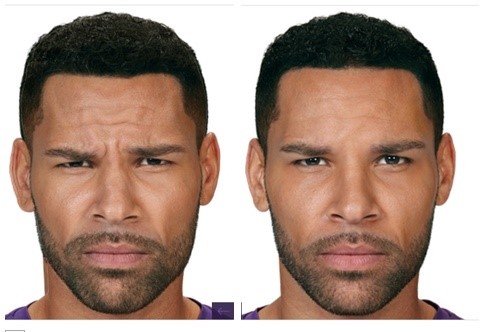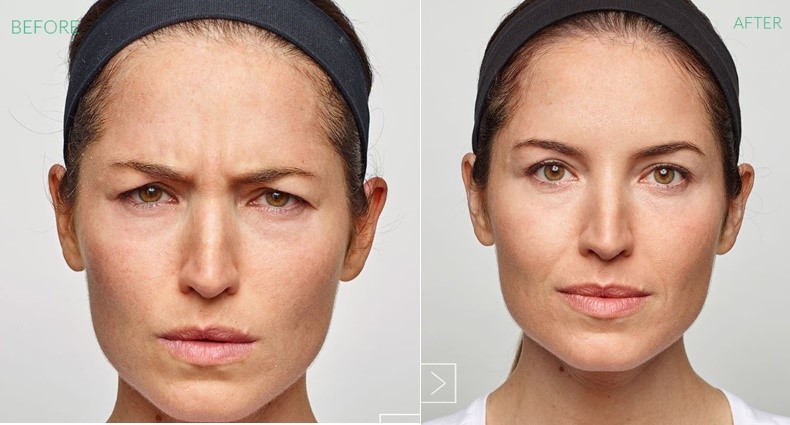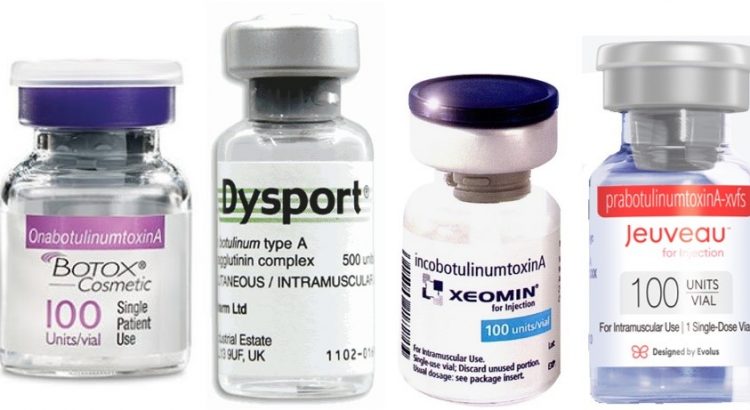Botox vs Dysport vs Xeomin or Jeuveau? Which is the right toxin injection for you?
Background:
Botulinum toxin injections in aesthetic medicine is used primarily for the reduction of wrinkles. The bacteria Clostridium Botulinum produces a neurotoxin that can cause life threatening muscle paralysis known as Botulism. Botulinum toxin works by blocking the chemical signals in the nerves that causes a muscle to contract. Thereby resulting in muscle paralysis. Clostridium Botulinum produces eight different toxins: (A, B, C1, C2, D, E, F and G). Type A is the most potent. Followed by types B and F. Four of the six commercially available toxins used in cosmetic medicine are made up of Botulinum toxin A. This includes Botox, Dysport, Xeomin and Jeuveau. The less popular toxin preparations from Botulinum toxin B are Myobloc and Neurobloc.
Cosmetic Benefits:
The cosmetic use of Botulinum toxin injections continues to skyrocket. Injection of small doses of this toxin in specific muscles across the face or neck results in temporary paralysis of those muscles. This paralysis results in the reduction of lines and wrinkles. The onset of paralysis is 48 to 72 hours with peak effects in about 7 days. However, it can take up to 2 weeks to see the full effect of the injection. This paralysis will last anywhere from 2 -6 months. Once muscle activity resumes, wrinkles will begin to reappear.
The most common adverse reaction is bruising at the site of injection. In addition, there is a possibility of other undesirable side effects. This includes unwanted or excessive paralysis of nearby muscle groups. This can lead to eyebrow ptosis (drooping of the eyebrow), eyelid ptosis (drooping of the eyelid), neck weakness, dysphagia (difficulty swallowing) and diplopia (double vision).
Botulinum toxin is produced naturally in conjunction with a variety of protective proteins. These proteins can induce the body to produce antibodies to target and destroy the toxin, making them ineffective. Botox, Jeuveau and Dysport formulations have these proteins, therefore in patients with antibodies, the use of these type of injections will be ineffective. Xeomin on the other hand is “naked Botulinum Toxin” without the protective proteins. As a result, Xeomin does not induce antibody production and can be used in patients with antibodies to Botox or Dysport.
Botox vs Dysport vs Xeomin vs Jeuveau? Which toxin is right for you?
Botox (onobotulinumtoxinA):
Botox was the first FDA approved toxin and remains the most popular type of Botulinum toxin A preparation. The onset of action after Botox is about 72 hours. This toxin formulation retains the protective proteins which can induce antibody formation and make treatment ineffective. Early preparations of Botox where more likely to yield antibodies. Duration of action of Botox injection is about 3 months but can be longer up to 6 months in certain patients.

Dysport (abobotulinumtoxinA):
Dysport has the quickest onset of action, muscle paralysis can be seen in as little as 24 hours. The duration of action may be a little longer than Botox at 4 months. Prolonged paralysis can also be seen in certain patients. About 3 units of disport is equivalent to 1 unit of Botox. In addition, the effect of this formulation is known to drift from the site of injection. Therefore, the effect of injection may spread to unwanted areas and result in complications such as eyebrow or eyelid drooping. On the other hand, spreading effect on the forehead or crows’ feet may be desirable for optimal cosmetic results. Dysport also contains protective proteins, similar to Botox. Therefore, patients who have no response to Botox and are suspected to have antibodies will also have a poor response to Dysport.

Xeomin (incobotulinumtoxinA):
Xeomin has an onset of action in about 4 days. The dosing of Xeomin is equivalent to the dosing of Botox. In addition, the duration of effect is similar to Botox, about 3 months. However, effects may be longer, up to 6 months in certain patients. Xeomin formulation does not contain the protective proteins found in other formulation. It is a “naked” Botulinum toxin A formulation. As a result, patients with antibodies to Botox can be successfully treated with Xeomin.

Jeuveau (prabotulinumtoxinA-xvfs):
Jeuveau (Newtox) is the newest FDA approved Botulinum toxin and has the same molecular weight as Botox. It is a similar preparation to Botox and Dysport in that it also contains protective proteins. This means that there is a possibility of developing antibodies to Jeuveau. The onset of action and duration of action is also similar to Botox.

Conclusion:
Depending on your unique circumstances an aesthetic physician will help you select the right neurotoxin injection for you. Your unique facial features will guide the injection of the fewest amount of toxins to achieve your goals.
